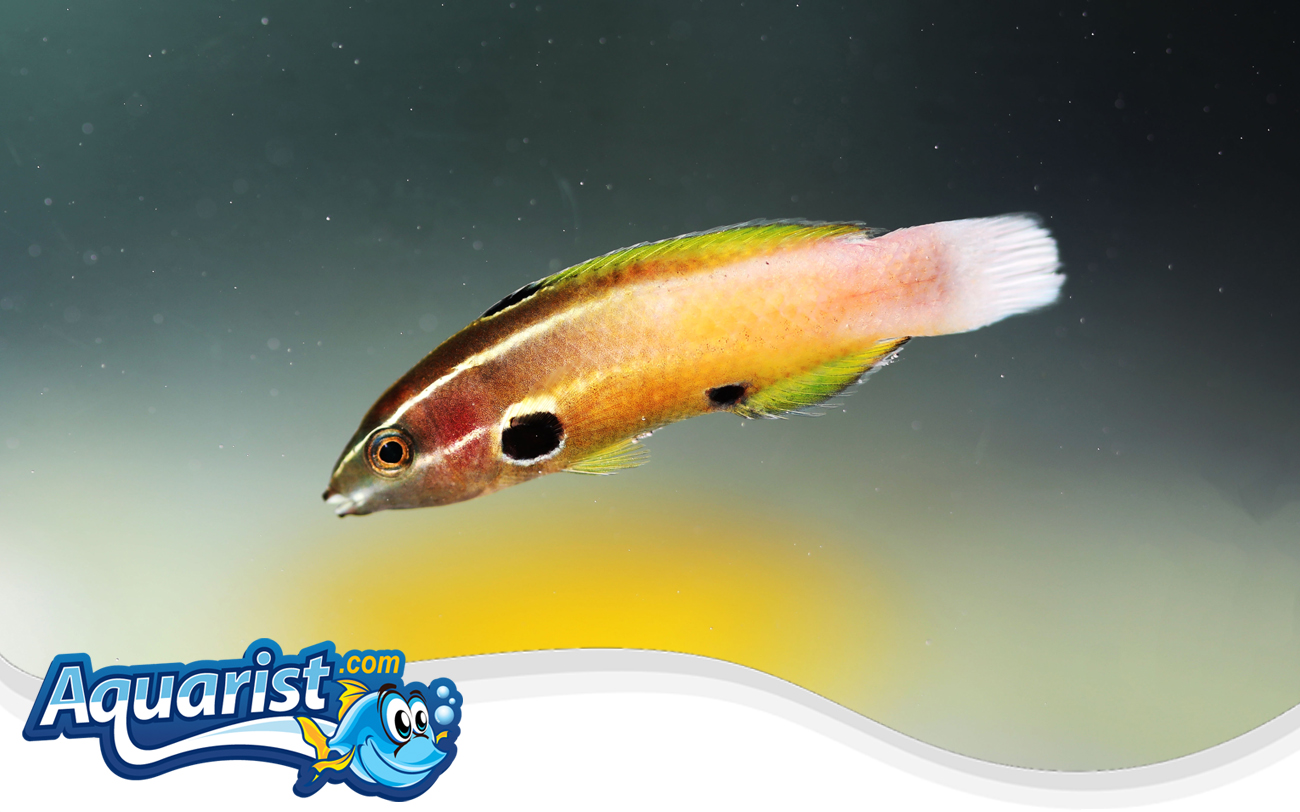Overview
- Native to the warm tropical waters of the Western Pacific, particularly in coral reef environments.
- Named after Dr. Gerald Allen, a renowned ichthyologist, in recognition of his contributions to marine biology.
- Displays a striking blend of blues and yellows, with an elongated body ideal for navigating reef crevices.
- Known for its energetic swimming style and inquisitive nature.
Feeding
- Primarily feeds on small invertebrates, coral polyps, and plankton in the wild.
- Adapts well to frozen foods such as mysis shrimp, enriched brine shrimp, and finely chopped seafood.
- Prefers multiple small feedings throughout the day to maintain its high activity levels.
- Supplementing with high-quality marine pellets ensures balanced nutrition.
Habitat
- Inhabits coral reef slopes and lagoon environments with rich coral growth.
- Requires an aquarium with live rock formations, providing ample swimming space and hiding spots.
- Thrives in moderate water flow conditions that simulate its natural reef habitat.
- Prefers tanks with subdued lighting to mimic deeper reef conditions.
Fish Care
- Optimal water temperature: 76-82°F (24-28°C).
- pH level: 8.1-8.4, with a specific gravity of 1.023-1.026.
- Highly sensitive to water quality fluctuations; consistent maintenance is essential.
- Requires a stable, well-established tank with excellent filtration.
Compatibility
- Generally peaceful but may become territorial if kept with other wrasses.
- Best suited for tanks with other reef-safe fish that do not exhibit aggressive behavior.
- Avoid housing with larger predatory species that may intimidate or outcompete it for food.
- Compatible with invertebrates and coral, making it a good choice for reef aquariums.
Aquarium Behavior
- Highly active swimmer, frequently darting around rock formations.
- Can be shy initially but becomes more confident as it acclimates.
- Often seen foraging for small food particles along coral structures.
- Provides a lively presence in the tank with its fast-paced movements and bright coloration.


